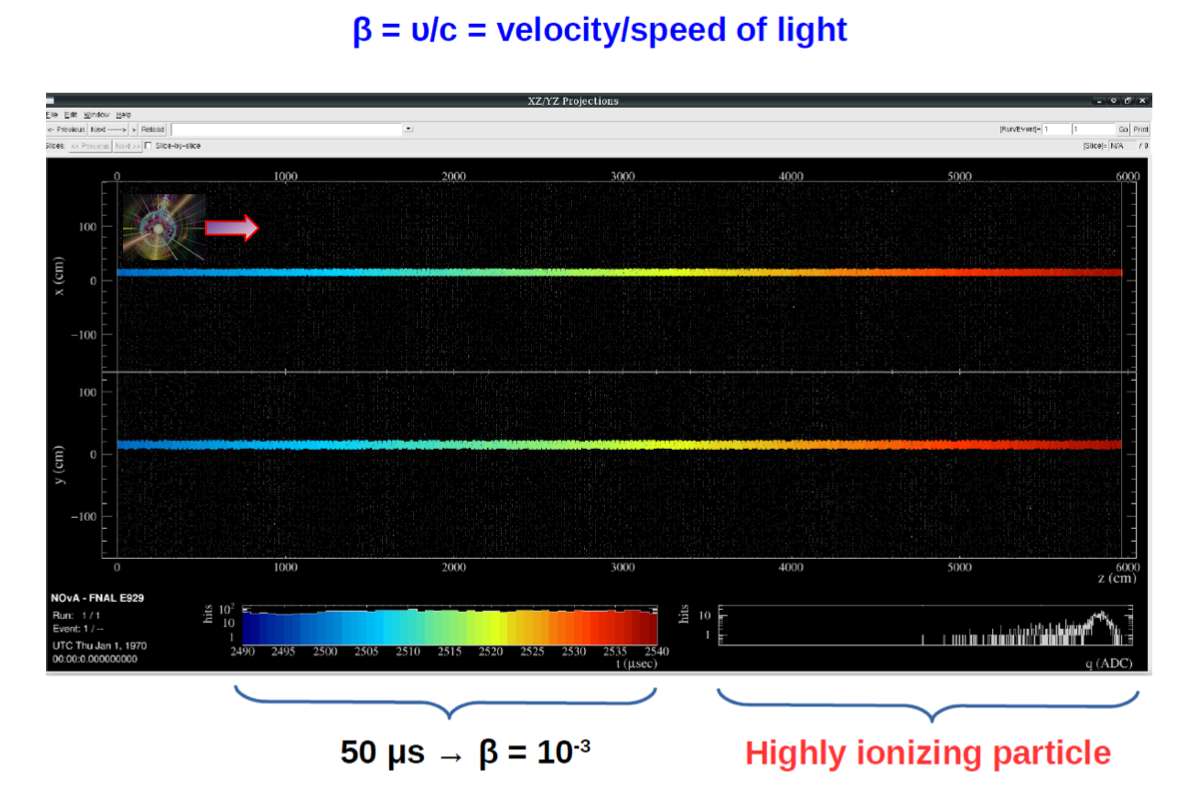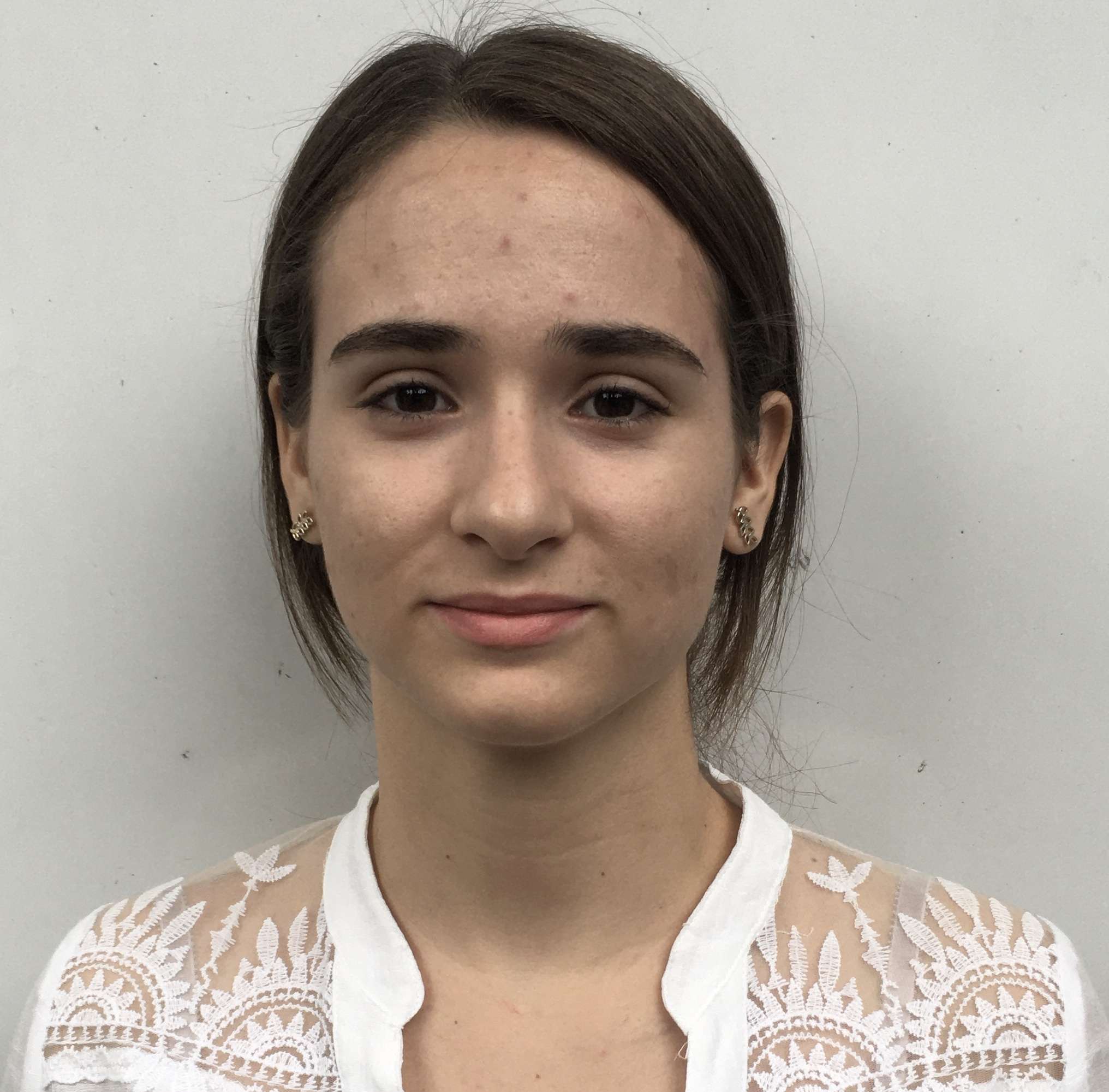The NOvA experiment, primarily focused on neutrino oscillation studies [1], provides an excellent platform for the search for slow-moving magnetic monopoles—hypothetical particles predicted to carry magnetic charge. In this analysis, the focus is on detecting slow magnetic monopoles with velocities corresponding to a beta ( = v/c) in the range of 10−4 to 10−2. Existing analysis is based on linear fit algorithm to the slow magnetic monopole tracks reconstruction and selection [2, 3]. In this project it is suggested to cross-check and possibly improve the analysis within convolutional neural network approach. Of particular interest in this analysis are slow magnetic monopoles, with velocities much smaller than the speed of light (β ≃ 10−4–10−2). These slow monopoles would lose energy primarily through ionization as they pass through matter, leaving quite highly ionizing tracks that can be distinguished from the signals produced by other particles in the NOvA (far) detector.
Tasks
1) Reproducing Linear Fit Results Using Python, reproducing the results of the linear fits applied to particle trajectories (tracks) in the NOvA detector, particularly focusing on the distinction between slow monopole tracks and backgrounds like muons.
2) Performing an Analysis with NOvA’s Convolutional Neural Network, applying NOvA’s convolutional neural network (CNN) framework to analyze particle events. This task involves using 2D projections (XZ and YZ views) of detector data as input to the CNN, which is trained to distinguish between different particle types, including monopoles and backgrounds.
3) Calculating Efficiency Plots and Presenting Results, making efficiency plots that represent the effectiveness of the detection and identification process for slow monopoles.
Preliminary schedule by topics/tasks
The duration of this project is 4-6 weeks. The work schedule will be agreed upon with the student(s).
Required skills
• Basic knowledge of Linux, Phyton (helpful to start).
• A personal laptop or computer with a Linux system installed. A Linux virtual machine will be
provided to computentional jobs.
• English or Russian language for communication.
Acquired skills and experience
• Particle Physics, gaining an introduction of fundamental particle physics concepts, especially those related to neutrino interactions and the search for exotic particles like (slow) magnetic monopoles.
• Python Programming, using Python's libraries such as NumPy, pandas, and matplotlib to manage and visualize data, which is essential for interpreting the results of their analyses.
• Neural Networks, particularly with the Keras and TensorFlow frameworks.
Recommended literature
[1] M. A. Acero et al., “Improved measurement of neutrino oscillation parameters by the NOvA ex- periment,” Phys. Rev. D, vol. 106, no. 3, p. 032004, 2022.
[2] M. A. Acero et al., “Search for slow magnetic monopoles with the NOvA detector on the surface,” Phys. Rev. D, vol. 103, no. 1, p. 012007, 2021.
[3] M. J. Frank, A. Antoshkin, D. Coveyou, E. C. Dukes, R. Ehrlich, and L. Panda, “Latest Magnetic Monopole Search Results from NOvA,” PoS, vol. EPS-HEP2023, p. 441, 2024.
[4] A. Aurisano, A. Radovic, D. Rocco, A. Himmel, M. D. Messier, E. Niner, G. Pawloski, F. Psihas, A. Sousa, and P. Vahle, “A Convolutional Neural Network Neutrino Event Classifier,” JINST, vol. 11, no. 09, p. P09001, 2016.




